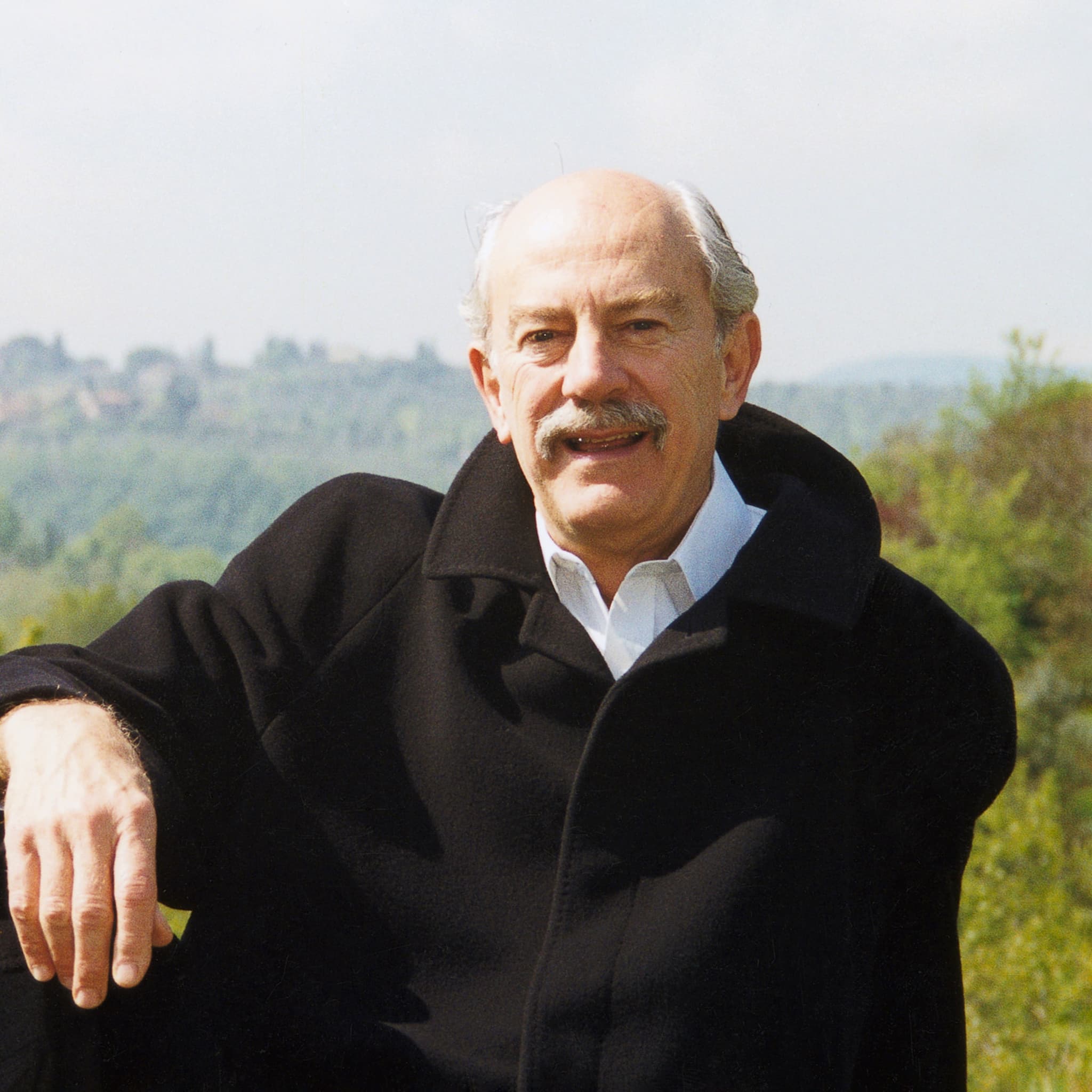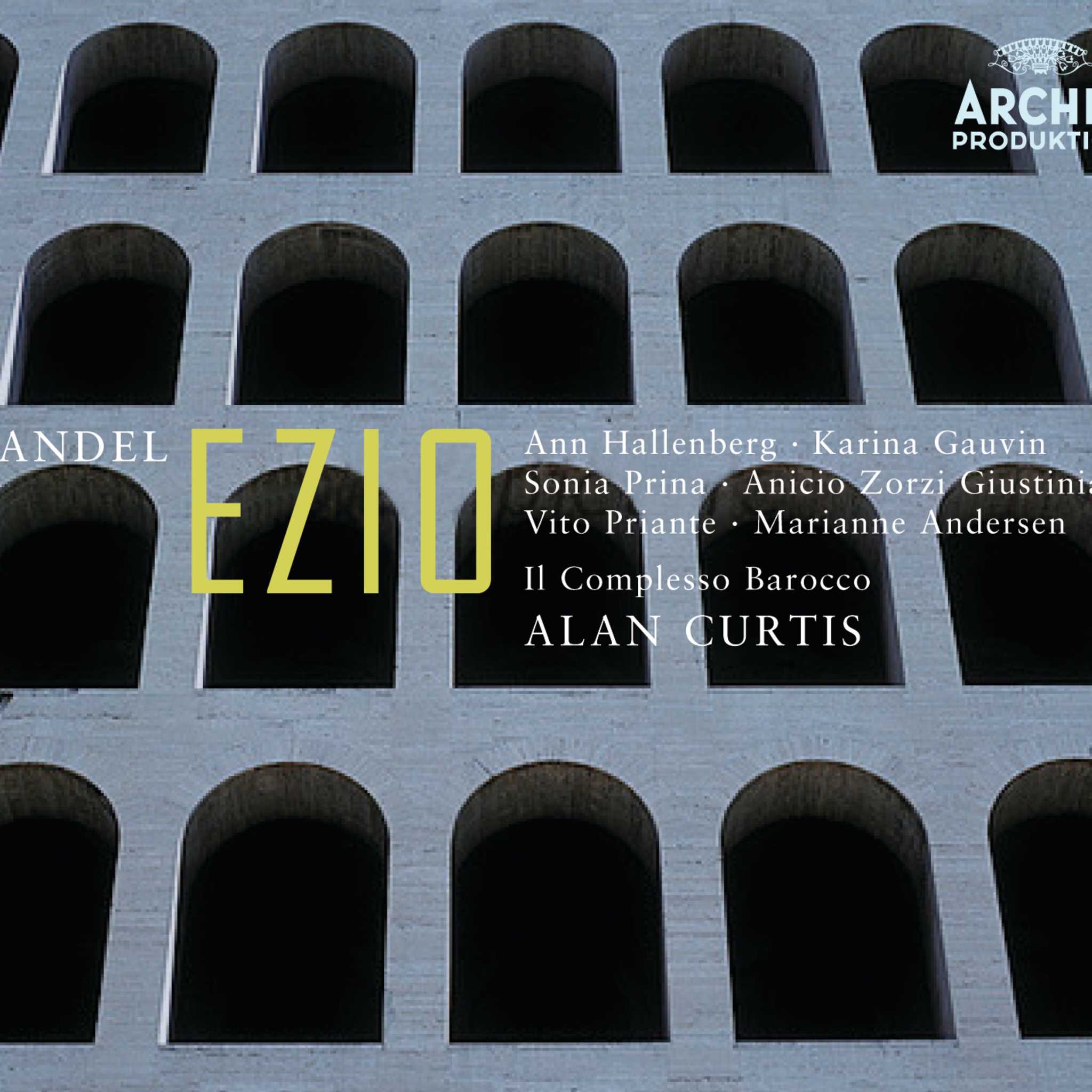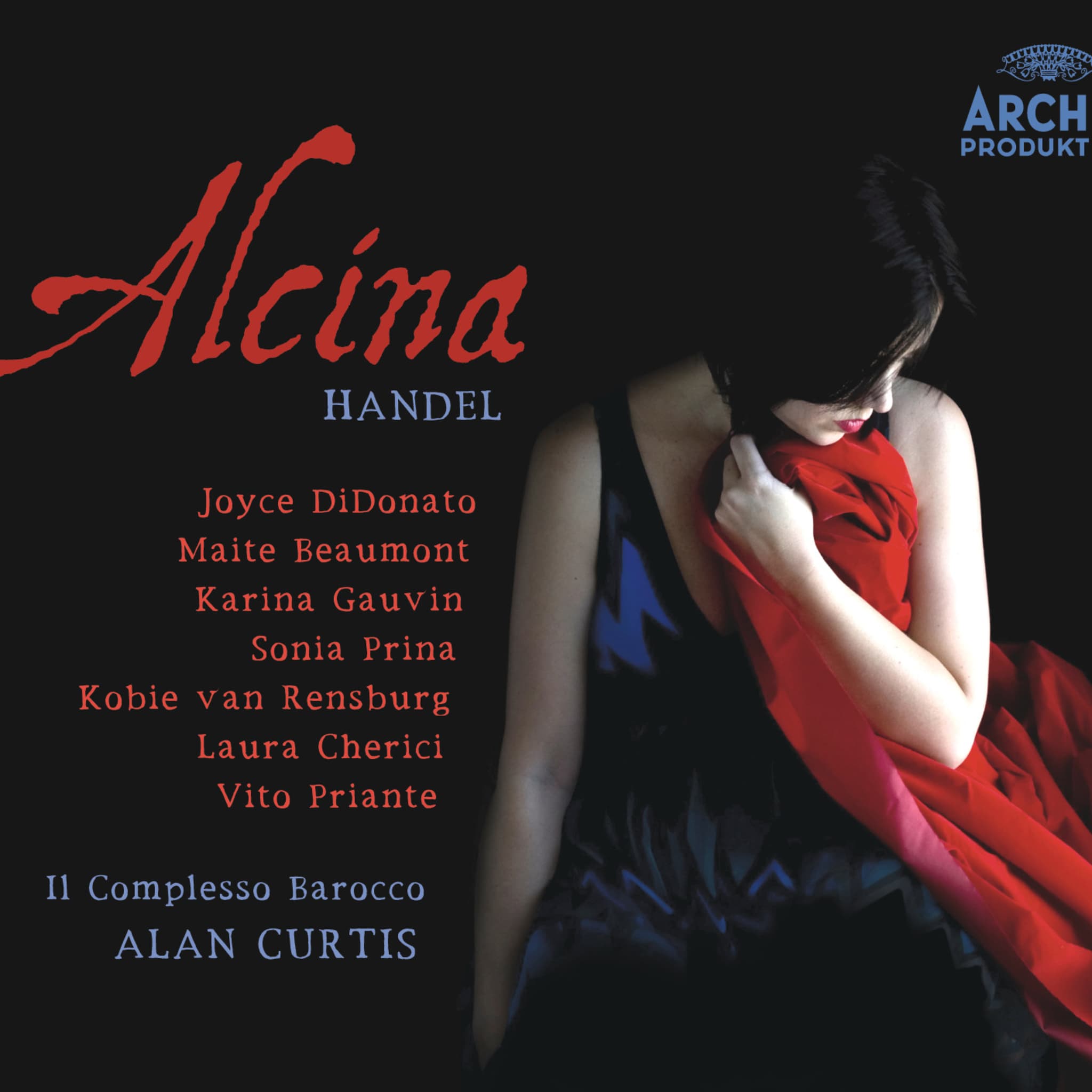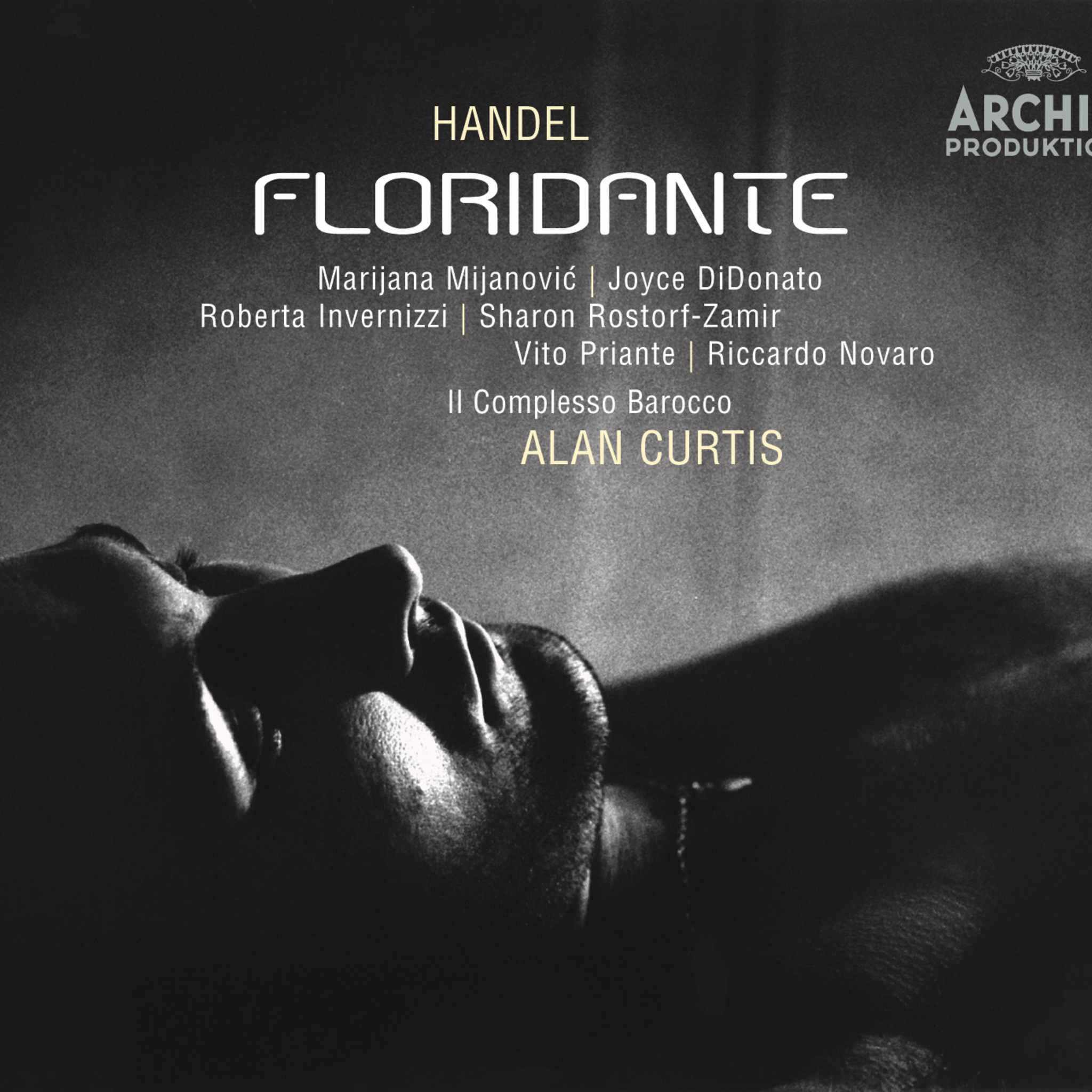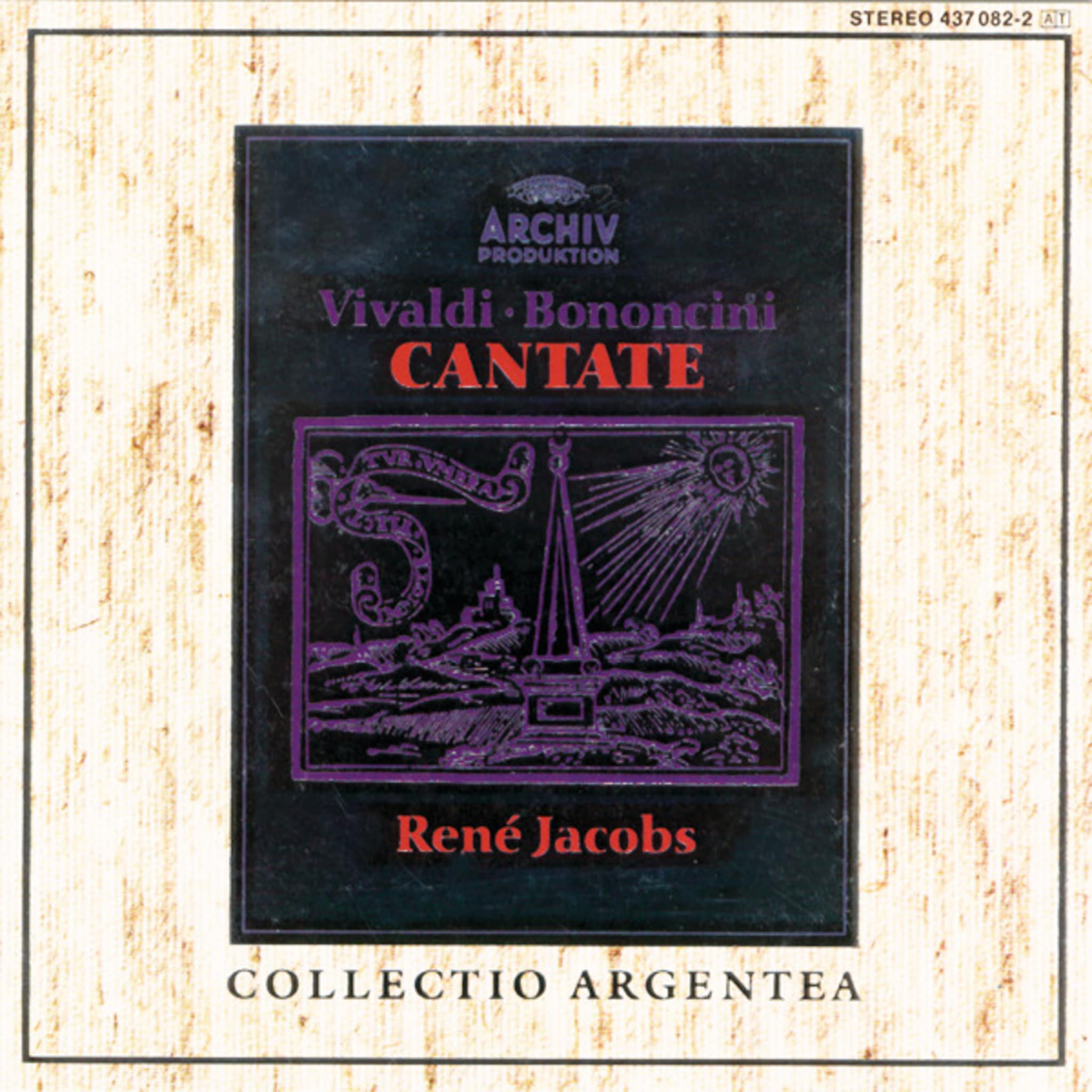The Life and Works of Alan Curtis: A Pioneer in Reviving Baroque Masterpieces
Alan Curtis, an American conductor, harpsichordist, and musicologist, was celebrated for his transformative influence on the performance and revival of Baroque music. Born in Mason, Michigan, in 1934, he played a pivotal role in the historically informed performance movement, especially through his reconstructions and modern premieres of overlooked 17th- and 18th-century works.
Early Life and Education
Curtis's early education included a Bachelor of Music from Michigan State University and a Master of Music from the University of Illinois, where he focused on the French composer Louis Couperin’s unmeasured preludes. He completed his PhD with a dissertation on Sweelinck's keyboard music, a work still regarded as authoritative today. Receiving a Fulbright scholarship, Curtis studied with Gustav Leonhardt in Amsterdam from 1957 to 1959, collaborating on recordings of Bach’s concerti for multiple harpsichords. These formative years ignited his passion for historically informed performances, using period instruments and practices that would become his hallmark.
Career Highlights and Contributions to Baroque Music
Returning to the US, Curtis divided his time between academic positions and a vibrant European performing career. He became an early champion of reviving and reconstructing Baroque operas, most notably Monteverdi’s L’incoronazione di Poppea, which he presented without modern re-orchestration for the first time in centuries.
Curtis made significant strides in his career throughout the 1980s, one of which was his La Scala debut in 1980 as the conductor for Handel’s Ariodante. Later in 1982, he spearheaded the modern premiere of Jommelli's La schiava liberata with the Netherlands Opera. His passion for Vivaldi labeled him a renowned interpreter and led to the modern premiere of Giustino at Palladio's Teatro Olimpico in Vicenza in 1985. His works also include well-known operatic performances like Cimarosa's Gli Orazi ed i Curiazi and Handel’s Floridante.
Founding Il Complesso Barocco
In 1977, Curtis established Il Complesso Barocco, an ensemble initially founded to support research on Baroque opera and period choreography. The group later specialized in Italian madrigals from the late Baroque era, including notable operas by Handel and Vivaldi. His productions with this group included his own period-instrument orchestrations, reflecting his commitment to historically informed performances.
